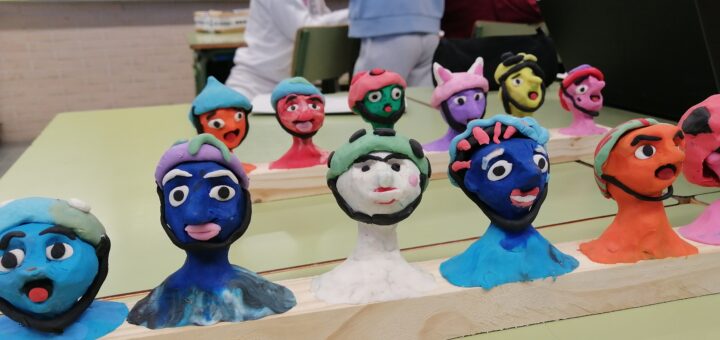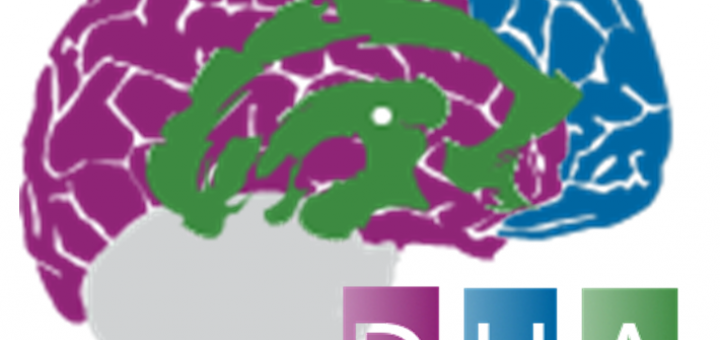UDL 3.0 as the core of curriculum alignment for quality education
Universal Design for Learning (UDL) is an essential curricular framework for educational inclusion that requires designing variability from the outset, removing learning barriers rather than adding support after the fact. In practice, it entails a shift in perspective and action. This approach transforms planning, methodology, and assessment, and calls for coherence in teacher training and school culture. Implementing UDL is key to aligning goals, knowledge, and competencies, ensuring the presence, participation, and progress of all students, and aiming for quality education.







